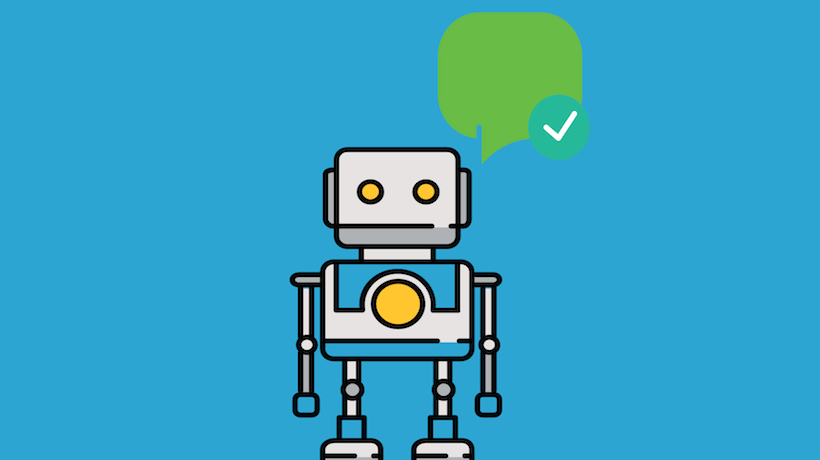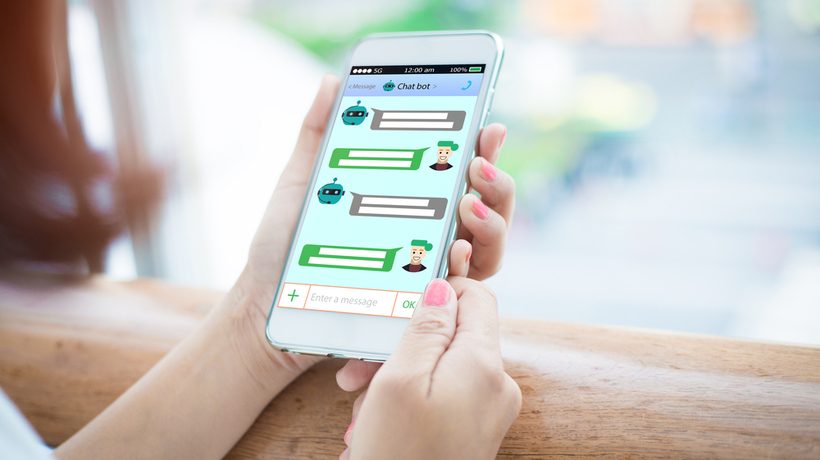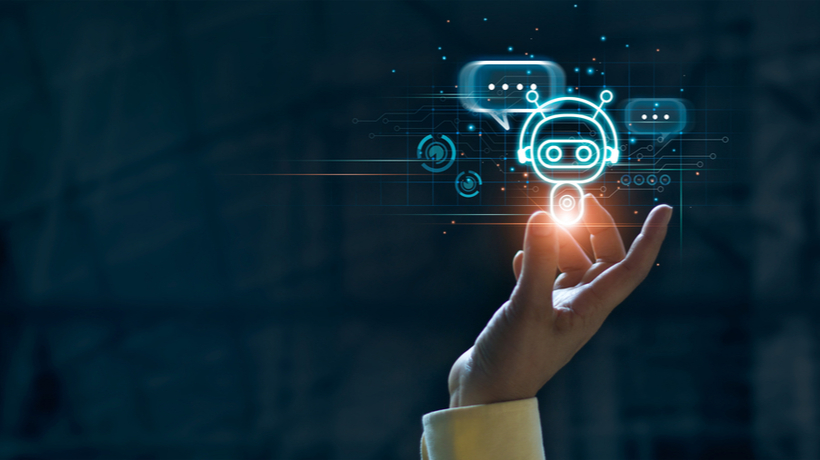The Future Of eLearning With Chatbot Technology: How To Use Chatbots For eLearning
The advancement in technology has opened gates for the innovative and efficient solutions to cater the needs of students by developing applications that can serve as a personalized learning resource. Moreover, these automated applications can potentially help instructors and teachers in saving up a lot of time by offering individual attention to each student.
One of the most thriving eLearning innovations is the chatbot technology. Chatbots work on the principle of interacting with users in a human-like manner. These intelligent bots are often deployed as virtual assistants. The best example would be Google Allo - an intelligent messaging app packed with Google Assistant that interacts with the user by texting back and replying to queries. This app supports both voice and text queries.
In a nutshell, Google Allo is capable of answering pretty much any question, just like when you carry out a typical Google Search. Looking for a local music tutor? Not a problem, Google Allo will find the closest one to you.
So, how do these Chatbots can be potentially used when it comes to eLearning and education?
Chatbots For eLearning
In the modern age, chatbots are turned out to be the most innovative solution in bridging the gap between technology and education. The implication of chatbots creates an interactive learning experience for the student - a similar to the one-to-one with the teacher.
From testing the student’s behavior to keeping track of their progress, bots play a vital role in enhancing the skills of an individual student. Also, bots can also serve a major role in encouraging a student to work by sending regular reminders and notifications.
1. As A Personalized Learning Experience
Each student learns and absorbs things at a different pace and requires a specific methodology of teaching. Consequently, one of the most powerful advantages of getting educated by a chatbot is its flexibility and ability to adapt to specific needs and requirements of a particular student. Chatbots can be used in a wide spectrum, be it teaching people how to build websites, learn a new language, or something more generic like teach children Math. Chatbots are capable of adapting to the speed at which each student is comfortable - without being too pushy and overwhelming.
2. As A Source Of Social Learning
One of the most exciting parts of learning with a chatbot is that these applications are designed to interact on both levels, on an individual basis and in groups.
Students from different backgrounds can share their views and perspectives on a specific matter while a chatbot can still adapt to each one of them individually. Chatbots can improve engagement among students and encourage interaction with the rest of the class by assigning group work and projects - similarly to what teachers usually do in regular classes.
3. As A Way Of Saving Up Teachers' Time
The educators or class organizers can opt for chatbots to simplify daily routine tasks. Chatbots may serve as a helping hand to the teacher in dealing with the daily queries by allowing bots to answer the questions of students on a daily basis, or perhaps even check their homework. Eventually, they offer teachers more time to work with their students on a one-by-one basis.
4. For Online Assessments
If a class comprises of a large number of students, then giving personalized care and attention to each student becomes practically impossible for teachers. This is where chatbots come in. Not only they can take the weight off the teacher’s shoulders, but they can also work with multiple students and groups simultaneously.
However, chatbots are not just limited to answering queries and providing basic knowledge. They can work as an aid to the teacher/instructor by identifying spelling and grammatical mistakes with precision, checking homework, assigning projects, and, more importantly, keeping track of students' progress and achievements. A human can only do so much, whereas a bot has virtually an infinite capacity to store and analyse all data.
With the proper use of technology and human mind, chatbots can serve as a platform to lead students in the right, brighter direction.









